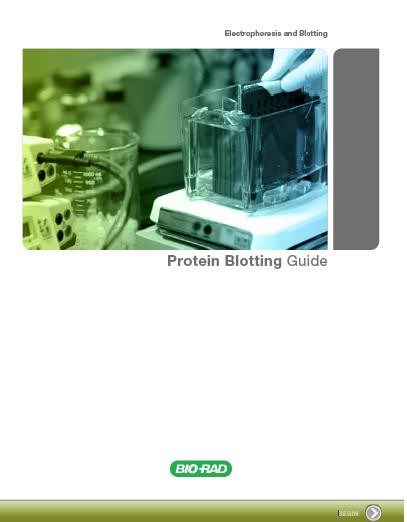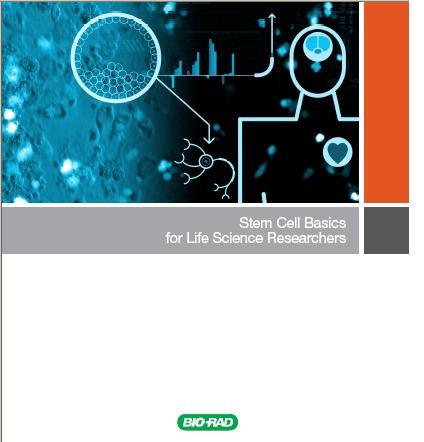Archive for the ‘Proteomicsâ Category
Protein Breathing Plays Critical Role in Neurodegenerative Disease
:: Posted by American Biotechnologist on 12-04-2012Chocolate Cake Electrophoresis
:: Posted by American Biotechnologist on 05-30-2012Checkout how students from the University of California, Davis demystify the process of electrophoresis using everyoneâs favorite comfort food in an intriguing analogy.
Please note that the American Biotechnologist is not responsible for the accuracy of third party YouTube videos. If you have a comment on the video, please write it in the comment section of this post so that it will generate discussion among our scientific colleagues.
Keeping it constant: A lesson in protein transfer
:: Posted by American Biotechnologist on 05-22-2012 Power supplies that are used for electrophoresis hold one parameter constant (either voltage, current, or power). The PowerPac⢠HC and PowerPac Universal power supplies also have an automatic crossover capability that allows the power supply to switch over to a variable parameter if a set output limit is reached. This helps prevent damage to the transfer cell.
Power supplies that are used for electrophoresis hold one parameter constant (either voltage, current, or power). The PowerPac⢠HC and PowerPac Universal power supplies also have an automatic crossover capability that allows the power supply to switch over to a variable parameter if a set output limit is reached. This helps prevent damage to the transfer cell.
During transfer, if the resistance in the system decreases as a result of Joule heating, the consequences are different and depend on which parameter is held constant.
Transfers Under Constant Voltage
If the voltage is held constant throughout a transfer, the current in most transfer systems increases as the resistance drops due to heating (the exception is most semi-dry systems, where current actually drops as a result of buffer depletion). Therefore, the overall power increases during transfer, and more heating occurs. Despite the increased risk of heating, a constant voltage ensures that field strength remains constant, providing the most efficient transfer possible for tank blotting methods. Use of the cooling elements available with the various tank blotting systems should prevent problems with heating.
Transfers Under Constant Current
If the current is held constant during a run, a decrease in resistance results in a decrease in voltage and power over time. Though heating is minimized, proteins are transferred more slowly due to decreased field strength.
Transfers Under Constant Power
If the power is held constant during a transfer, changes in resistance result in increases in current, but to a lesser degree than when voltage is held constant. Constant power is an alternative to constant current for regulating heat production during transfer.
The above information was adapted from Bio-Radâs protein blotting guide. For more great information, be sure to download the Protein Blotting Guide from Bio-Rad Laboratories.
Running a great 2D gel from start to finish
:: Posted by American Biotechnologist on 04-02-2012Great proteomics tutorial from Bio-Rad Laboratories.
Jump on the proteomic bandwagon
:: Posted by American Biotechnologist on 03-06-2012Proteomics is about to take a big leap forward, that is if the NIH can help it.
Last week, the NIH put out a request for information aimed at determining how best to accelerate research in disruptive proteomics technologies. The organization is hoping that submissions will aim to greatly outperform current mass spec technologies and introduce an all new way of advancing proteomic questions.
According to the proposal:
The Disruptive Proteomics Technologies (DPT) Working Group of the NIH Common Fund wishes to identify gaps and opportunities in current technologies and methodologies related to proteome-wide measurements. For the purposes of this RFI, âdisruptiveâ? is defined as very rapid, very significant gains, similar to the “disruptive” technology development that occurred in DNA sequencing technology.
These are exciting times for the field of proteomics. Donât be left behind! Click here to find out more on how to get involved today!
















